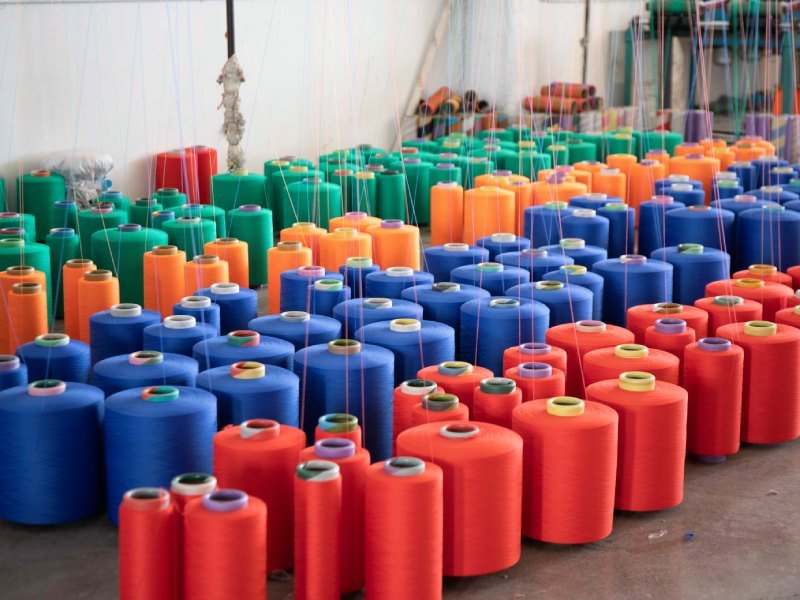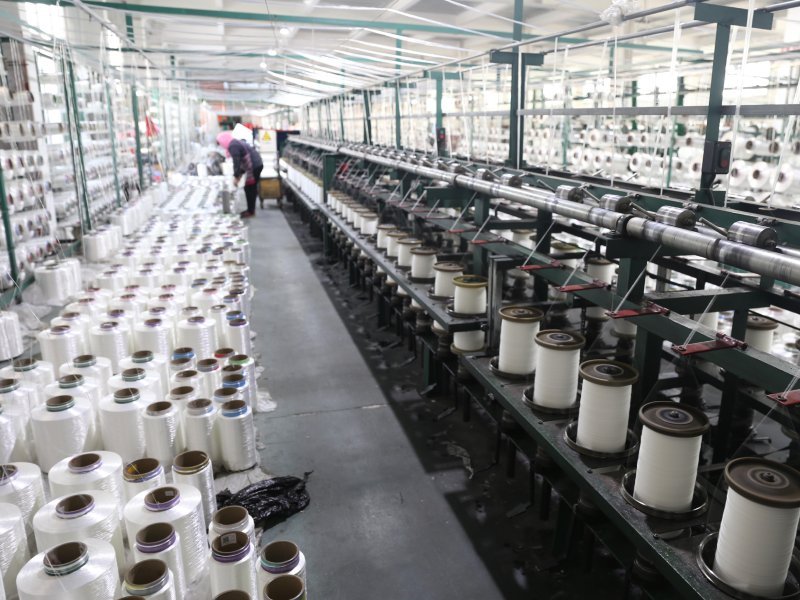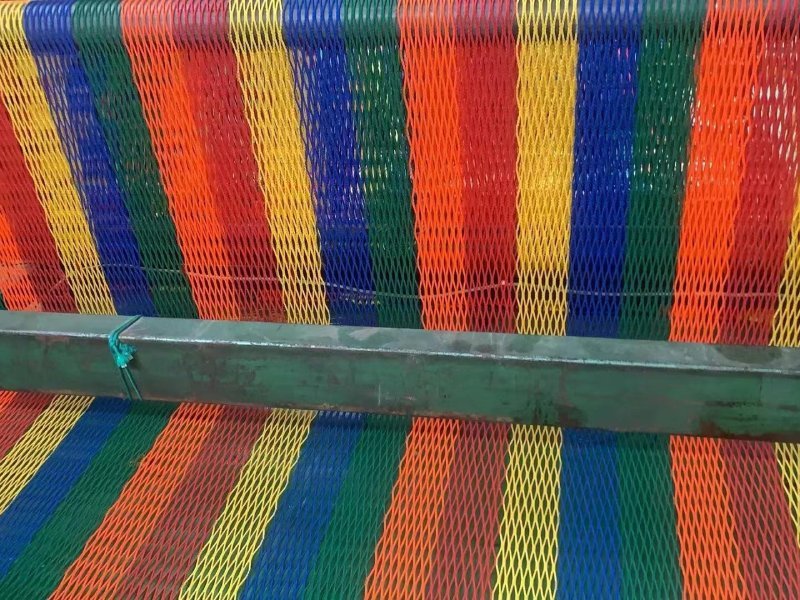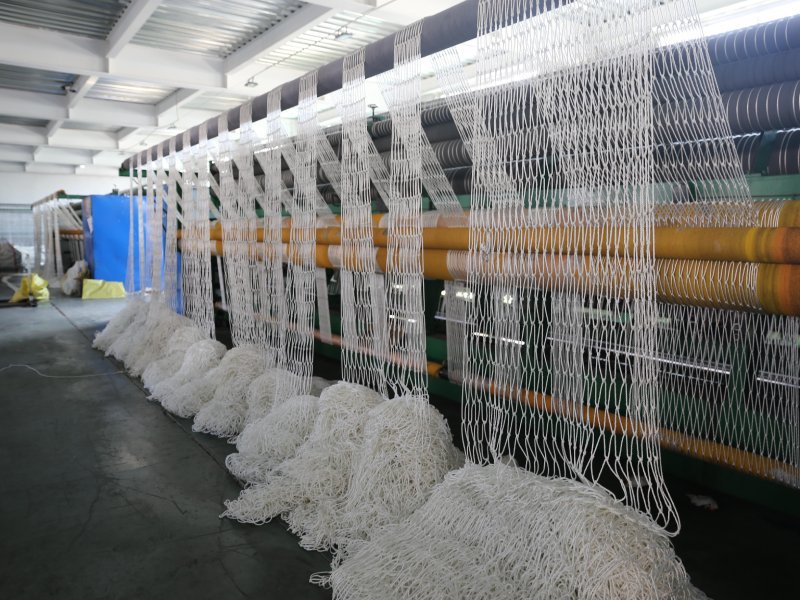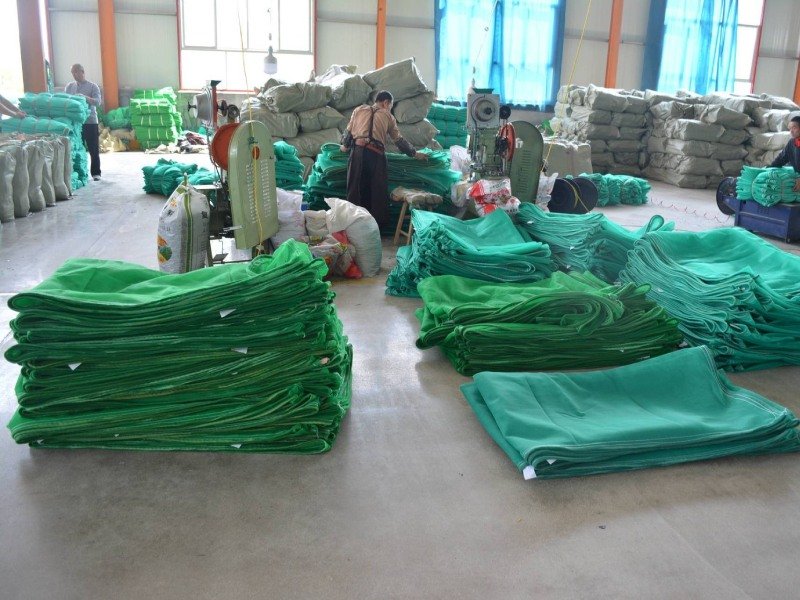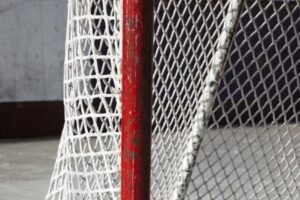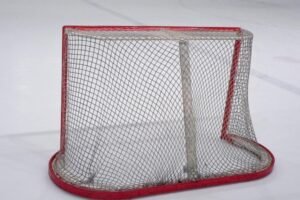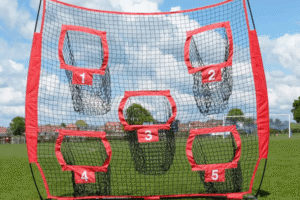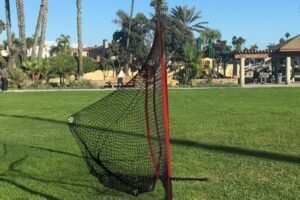Custom Goal Netting
Whether it’s for soccer fields, hockey arenas, or training facilities, our custom goal netting ensures high strength, weather resistance, and precise ball rebound. Designed for professional clubs, schools, and sports brands, our nets withstand heavy use while maintaining shape. OEM/ODM options let you match team colors, logos, or specific performance needs.
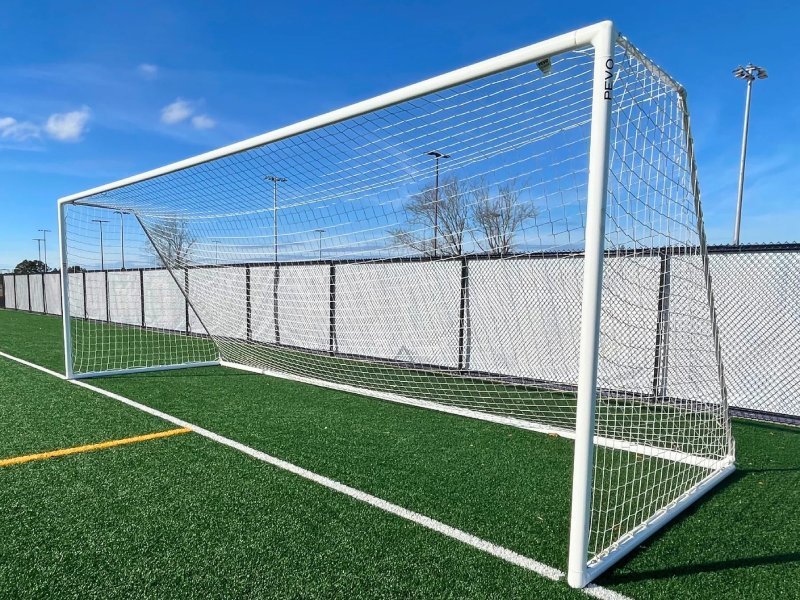
Goal Netting Sub-Categories
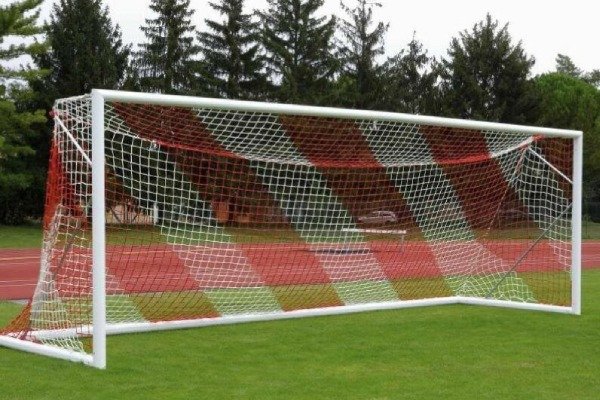
Soccer Goal Netting
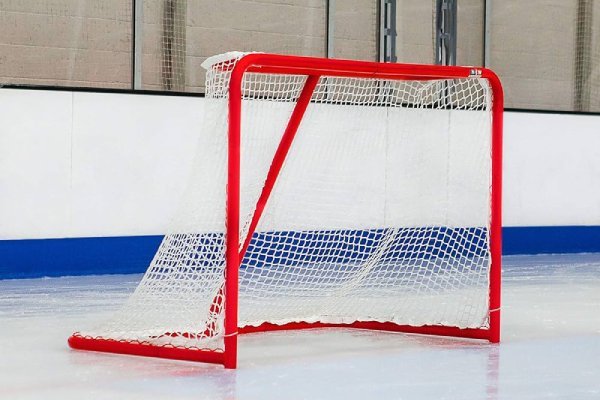
Hockey Goal Nets
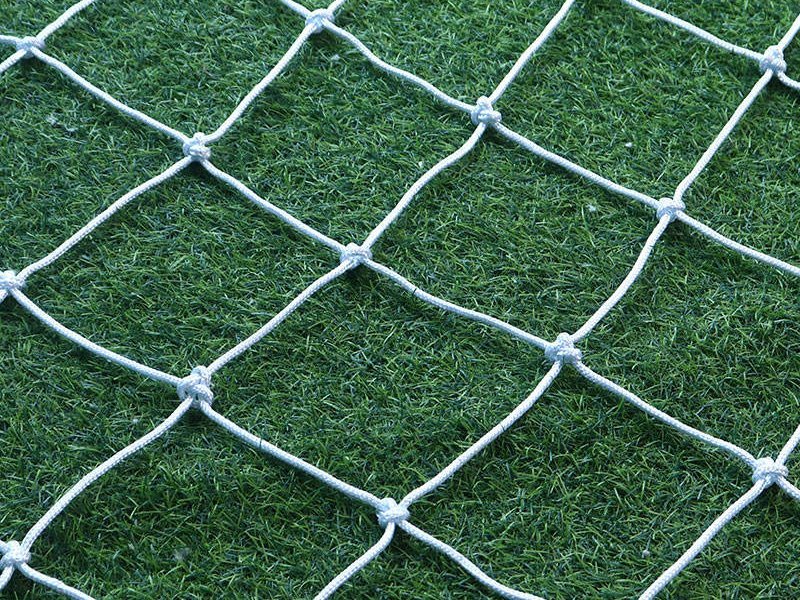
Tailored Mesh Size & Material – Control Ball Rebound & Longevity
Different sports demand specific mesh density—tighter weaves for soccer, larger gaps for hockey. Our high-density polyethylene (HDPE) or nylon blends offer optimal ball stoppage and reduced wear. Customize thickness (2mm–5mm) to balance speed control and net lifespan, ideal for elite training or commercial venues.
Branding & Color Matching – Boost Team Identity & Sponsorship Value
Apply team logos, sponsor decals, or Pantone-matched colors directly onto nets. Sublimation printing ensures fade-resistant branding under UV exposure. Perfect for academies, pro clubs, or retailers selling branded gear. We handle low MOQs, so even small orders get premium visibility.
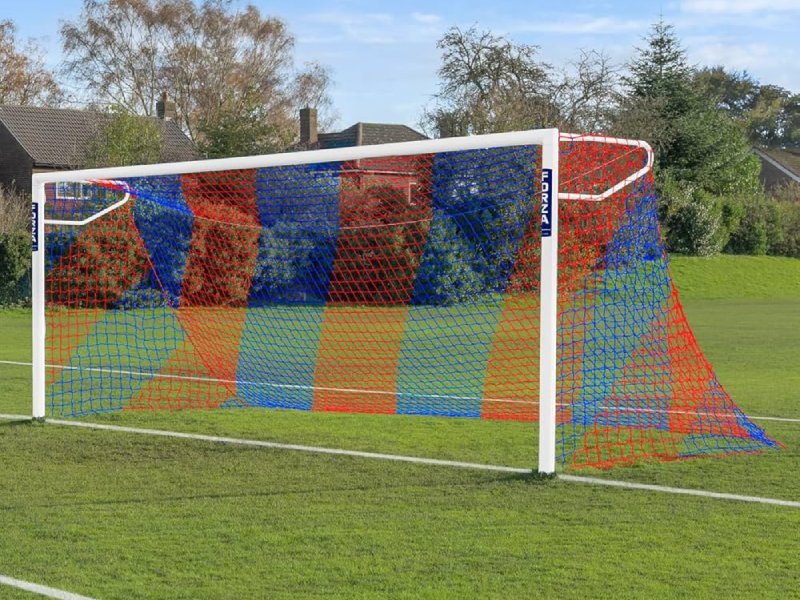
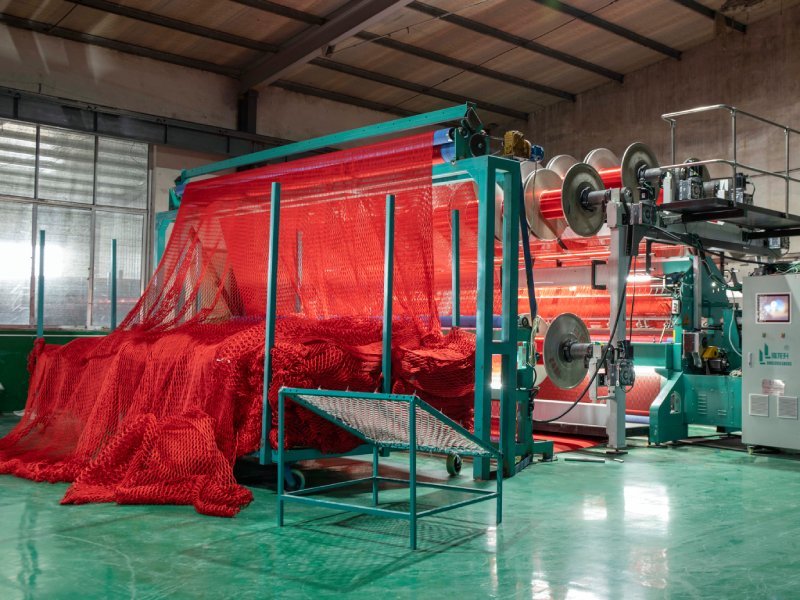
Looking for high-performance divider netting and safety netting solutions that combine durability, safety, and customization? Wenneting is your trusted partner! With 25+ years of expertise in manufacturing premium sports barrier nets, batting cages, and industrial safety nets, we help gyms, warehouses, children’s playgrounds, and sports facilities enhance safety, optimize space, and reduce costs.
- Tailored Solutions: Customize nets by size, color, material, and branding (OEM/ODM) to fit your exact needs.
- Unmatched Quality: High-strength polyester/polypropylene nets, rigorously tested for UV resistance, tensile strength
- End-to-End Support: From free samples to logistics, we streamline global procurement for traders and end-users alike.
THE ULTIMATE GUIDE
Everything Your Need to Know About Custom Goal Netting
Custom goal netting is a versatile and essential component for sports facilities, recreational spaces, and even unique domestic applications. Whether you’re outfitting a professional soccer stadium, setting up a backyard practice area, or creating a novel indoor feature, custom goal netting offers tailored solutions to meet specific needs. This comprehensive guide explores the types of custom goal netting, their applications, customization options, and a detailed installation guide to help you make informed decisions for your project.
Introduction to Custom Goal Netting
Custom goal netting is used primarily in sports like soccer, football, hockey, lacrosse, and even non-traditional applications like fishing or safety barriers. The ability to tailor netting to specific dimensions, materials, and styles makes it a preferred choice for those seeking high-quality, long-lasting solutions. This article covers everything you need to know, including the types of netting, their applications, customization options, and a step-by-step installation guide.
Types of Custom Goal Netting
Custom goal netting comes in various types, each designed to suit specific sports, goal structures, and environmental conditions. Below are the primary types of goal netting, focusing on their construction and attachment methods, as commonly used in sports like soccer and football.
1. Straight Back Nets
Straight back nets are the simplest type of goal netting, commonly used for goals without specialized attachment points. These nets are attached directly to the crossbar and goalposts using hooks, clips, or ties, with the bottom anchored to the ground using pegs or weights. They are ideal for:
- Smaller goals: Used in youth soccer, backyard setups, or portable goals.
- Garden or recreational spaces: Their simplicity makes them perfect for casual play.
- Temporary setups: Easy to install and remove, they suit temporary fields or training areas.
Straight back nets typically have a flat back profile, making them less deep than other types. They are available in various mesh sizes (e.g., 2-inch or 4-inch) and materials like nylon or polyethylene, with thicknesses ranging from 2mm to 4mm for recreational use.
2. Standard Nets
Standard nets are designed for goals with a top runback or “D-bracket,” a D-shaped support at the top corners of the goalposts. These nets are hung over the runbacks and pulled down to be anchored to the ground, creating a deeper net at the top. They are commonly used for:
- Socketed or permanent goals: Found in school fields or amateur pitches.
- Intermediate-level play: Suitable for community leagues or school competitions.
- Goals requiring more depth: The runback design provides extra space for ball containment.
Standard nets are typically made from durable materials like braided polyethylene or nylon, with a minimum thickness of 4mm for league play to ensure durability.
3. Box Nets
Box nets are the premium choice for professional settings, often seen in Premier League matches or other top-tier competitions. They attach to the goalposts and crossbar, with the back of the net hoisted up to supporting stanchions, creating a box-like shape. Key applications include:
- Professional stadiums: Used in high-level soccer and football for their aesthetic and functional superiority.
- High-visibility games: The box shape enhances visibility for spectators and cameras.
- Heavy-duty use: Designed to withstand powerful shots and frequent use.
Box nets are typically made from high-performance materials like 4.5mm braided HDPP (high-density polypropylene) with knotless mesh for longevity and a polished look. They require precise measurements for width, height, top depth, and bottom depth to ensure a perfect fit.
4. Barrier and Backstop Nets
While not traditional goal nets, barrier and backstop nets are critical for safety and containment in sports facilities. These nets are used behind goals to prevent balls from leaving the playing area, protecting spectators, property, and players. They are ideal for:
- Stadiums and training facilities: Prevent balls from entering spectator areas or nearby hazards.
- Multi-sport venues: Used in facilities hosting soccer, football, or lacrosse to define boundaries.
- Indoor setups: Enclose large areas for training or batting cages.
Barrier nets are often made from high-strength materials like DuPont® Type 66-728 nylon or Kevlar, with mesh sizes ranging from 1.5 to 4 inches, depending on the sport. They can be customized for specific dimensions and are UV-stabilized for outdoor use.
5. Specialty Nets
Specialty nets cater to unique applications beyond traditional sports goals. These include:
- Fishing nets: Custom seine, gill, or cast nets for specific fish types and water conditions.
- Safety nets: Used in construction, industrial, or domestic settings, such as mezzanine guardrails or catamaran trampolines.
- Decorative or novelty nets: For example, a soccer goal net repurposed as a bed frame for a child’s room.
Specialty nets are highly customizable in terms of material, mesh size, and shape, making them versatile for creative or unconventional projects.
Applications of Custom Goal Netting
Custom goal netting serves a wide range of applications, from sports to safety and even aesthetic purposes. Below are the primary applications, highlighting their versatility.
Sports Facilities
Custom goal netting is most commonly used in sports facilities for soccer, football, hockey, lacrosse, and more. Specific applications include:
- Professional stadiums: Box nets for soccer and football goals provide a professional look and durability for high-intensity play.
- School and community fields: Standard or straight back nets for amateur and youth sports, balancing cost and durability.
- Indoor training centers: Barrier nets create enclosed spaces for safe practice, such as batting cages or multi-sport arenas.
- Portable goals: Lightweight, pop-up nets for temporary setups in parks or backyards.
Safety and Containment
Beyond catching balls, custom netting enhances safety by:
- Protecting spectators: Barrier nets prevent balls from entering seating areas, reducing injury risks.
- Containing balls: Backstop nets keep balls within play areas, minimizing disruptions and hazards like balls entering roadways.
- Industrial safety: Nets in warehouses or construction sites prevent objects from falling or entering restricted areas.
Recreational and Domestic Use
Custom netting is increasingly popular in non-traditional settings:
- Backyard setups: Affordable polyethylene nets (2mm–4mm) for personal practice or children’s play.
- Novelty installations: Nets repurposed as hammock floors, mezzanine guardrails, or catamaran trampolines for aesthetic and functional home additions.
- Fishing: Custom nets tailored for specific fish species or water conditions, such as seine nets for shallow water or gill nets for deep water.
Aesthetic Enhancements
Custom netting can add a professional or personalized touch:
- Team branding: Nets in team colors or with printed logos enhance the visual appeal of sports facilities.
- Event-specific designs: Custom nets for tournaments or special events, featuring logos or patterns.
Custom Options for Goal Netting
Custom goal netting offers a range of options to tailor the product to your needs. Below are the key customization aspects to consider.
1. Dimensions
Custom nets are built to precise measurements, including:
- Width and height: Match the goal’s inner dimensions (e.g., 24ft x 8ft for full-size soccer goals).
- Depth: Top and bottom depth for box or standard nets, ensuring a snug fit.
- Custom shapes: Tapered or angled nets for unique goal designs or barrier applications.
Use a netting calculator or consult with manufacturers to provide accurate measurements.
2. Materials
Material choice affects durability, strength, and cost:
- Nylon: Durable, UV-stabilized, and weather-resistant, ideal for both indoor and outdoor use. Common for professional and recreational nets.
- Polyethylene: Affordable and reliable for backyard or light use, with thicknesses from 2mm to 4mm.
- HDPP (High-Density Polypropylene): Premium, braided material for professional-grade nets, often 4.5mm thick with knotless mesh.
- Kevlar or HMWPE: High-strength options for heavy-duty barrier nets, with tensile strengths up to 410 lb.
3. Mesh Size
Mesh size determines ball containment and visibility:
- Small mesh (1.5–2 inches): Ideal for sports with smaller balls (e.g., hockey) or for logos printed directly on the net.
- Large mesh (4 inches): Common for soccer, allowing better visibility for spectators.
Smaller mesh is more expensive but better for detailed logos or containing smaller objects.
4. Color and Patterns
Customization extends to aesthetics:
- Single colors: Common options include white, black, yellow, blue, red, and green.
- Striped or checkered patterns: Vertical stripes or checkered designs in team colors for a professional look. Limited combinations may apply.
- Logo printing: Simple logos can be printed directly on small-mesh nets, while complex logos are printed on windscreens sewn into the net.
Check with your league, as some prohibit logo nets for competitive play.
5. Border and Finishing Options
Borders enhance durability and ease of installation:
- Rope borders: Woven rope or leadline borders add strength and weight to keep nets in place.
- Riblines: Internal ropes for added support, especially for large barrier nets.
- Weighted bottoms: Prevent nets from lifting when balls hit, ideal for outdoor use.
6. Twine Type
Twine type affects strength and longevity:
- Knotted nets: Common for school and amateur fields, offering good durability.
- Knotless nets: Smoother, more professional appearance, often used in high-end applications.
- Braided twine: Thicker (e.g., 4.5mm) for professional use, withstands intense play.
Installation Guide for Custom Goal Netting
Installing custom goal netting requires careful planning and execution to ensure safety, functionality, and longevity. Below is a step-by-step guide for installing goal nets, with considerations for different types and applications.
Step 1: Measure and Verify Fit
- Measure the goal: Confirm the width, height, top depth, and bottom depth of the goal frame. For box or standard nets, measure the runback or stanchion dimensions.
- Check the net: Ensure the custom net matches your specifications. Lay it out flat to inspect for defects or incorrect sizing.
- Consult the manufacturer: If unsure about measurements, use a netting calculator or contact the supplier for guidance.
Step 2: Gather Tools and Accessories
- Attachment hardware: Net clips, hooks, or ties for straight back nets; cables or ropes for box and standard nets.
- Anchoring equipment: Ground pegs or weights for securing the bottom of the net.
- Tools: Scissors, pliers, or a screwdriver for attaching clips or hooks. A ladder may be needed for larger goals.
- Safety gear: Gloves and safety glasses to protect during installation.
Step 3: Prepare the Goal Frame
- Clean the frame: Remove dirt, rust, or old netting from the goalposts and crossbar to ensure a secure attachment.
- Inspect the structure: Check for stability, especially for portable or socketed goals. Ensure runbacks or stanchions are secure for standard or box nets.
- For metal or wooden frames: Verify compatibility with the net’s attachment method (e.g., drilling or welding for specialty nets).
Step 4: Attach the Net
- Straight back nets:
- Start at the top: Secure the net to the crossbar using clips or hooks, spacing them evenly (every 6–12 inches).
- Attach to posts: Pull the net taut and secure to the goalposts.
- Anchor the bottom: Use pegs or weights to secure the net to the ground, ensuring it’s tight but not overly stretched.
- Standard nets:
- Hang over runbacks: Drape the net over the D-brackets at the top corners.
- Secure to frame: Attach to the crossbar and posts with clips or ties.
- Anchor the bottom: Peg the net to the ground, ensuring the top depth is maintained.
- Box nets:
- Attach to frame: Secure the net to the crossbar and posts using clips or ropes.
- Hoist to stanchions: Connect the back of the net to supporting stanchions, creating the box shape.
- Anchor the bottom: Use weights or pegs to secure the base, ensuring tautness.
- Barrier nets:
- Install cables: Stretch tensioned cables across the area where the net will hang (e.g., behind the goal).
- Hang the net: Clip the net to the cables, allowing it to slide for adjustability.
- Secure edges: Attach side and bottom edges to poles or anchors, ensuring no gaps.
Step 5: Test and Adjust
- Test tautness: Kick or throw a ball into the net to ensure it catches properly without excessive sag.
- Check attachments: Verify all clips, hooks, or ropes are secure and evenly spaced.
- Adjust as needed: Tighten or loosen the net to achieve the desired tension and shape.
Step 6: Maintenance and Inspection
- Regular checks: Inspect the net for tears, loose attachments, or UV degradation, especially for outdoor nets.
- Cleaning: Remove debris and clean with mild soap and water to maintain appearance and longevity.
- Storage: For portable nets, store in a dry, shaded area to prevent UV damage when not in use.
Professional Installation
For large or complex installations (e.g., stadium box nets or barrier netting), consider professional services:
- Expertise: Manufacturers like Gourock or On Deck Sports offer installation guidance or services.
- Safety compliance: Ensure nets meet league or safety standards (e.g., EN 1263-1 for professional soccer).
- Custom setups: Professionals can handle unique designs, such as tapered barrier nets or indoor enclosures.
Considerations for Choosing Custom Goal Netting
When selecting custom goal netting, consider the following:
- Purpose: Determine if the net is for professional play, recreational use, or a specialty application.
- Budget: Custom nets are more expensive than standard ones, with longer lead times. Balance cost with durability needs.
- Regulations: Check with your league or association for restrictions on colors, logos, or net types.
- Environment: Outdoor nets need UV stabilization and weather resistance; indoor nets prioritize flexibility and ease of movement.
- Aesthetics: Choose colors or logos that align with team branding or personal style.
Conclusion
Custom goal netting offers unparalleled flexibility, durability, and aesthetic appeal for a wide range of applications, from professional sports to backyard play and unique domestic projects. By understanding the types of netting—straight back, standard, box, barrier, and specialty—you can select the right solution for your needs. Customization options like dimensions, materials, mesh size, colors, and finishing details allow you to create a net that perfectly fits your goal or space. Proper installation, guided by precise measurements and secure attachments, ensures safety and performance.
Whether you’re a coach, facility manager, or homeowner, investing in custom goal netting enhances functionality and adds a professional touch. Consult with reputable manufacturers like Wenetting , Gourock, Sports to explore options and ensure a perfect fit. With the right net, you can elevate your sports experience, improve safety, and create lasting value for your project.
Get Instant Quote
Frequently Asked Questions
We recommend high-density polyethylene (HDPE) for durability & weather resistance, or nylon blends for softer ball rebound. Both are UV-treated for 5+ years of outdoor use without fraying.
Yes! Standard soccer nets use 4-inch mesh, but we adjust for hockey (smaller mesh), training nets (larger gaps), or multi-sport setups. Tell us your needs!
We offer reinforced edges with elastic cords, weighted bars, or double-stitched borders—all designed to maintain tension even after heavy use.
Optional add-ons include steel hooks, ground stakes, or quick-clip systems. Just specify if you need a full package with attachments.
Knotted nets are stronger for high-impact sports (hockey/lacrosse), while knotless nets provide smoother ball rebound (ideal for soccer training).
Absolutely! We use sublimation printing (fade-proof) or sewn labels—perfect for clubs, tournaments, or retail brands. Low MOQs accepted.
Yes! We offer anti-rust grommets, waterproof coatings, and salt-resistant materials for coastal or rainy regions.
15–20 days (including customization). Need it faster? Ask about our express production & DHL shipping options.
Get Free Sample
Our Past Custom Goal Netting Projects
We’ve delivered OEM/ODM goal nets for leagues, schools, and equipment distributors worldwide. Clients rely on us for consistent quality—every batch undergoes tensile and weather testing to meet pro standards. Whether you need wholesale bulk orders or niche custom designs, our 25-year expertise ensures you get nets that perform, last, and elevate your brand.More Projects

